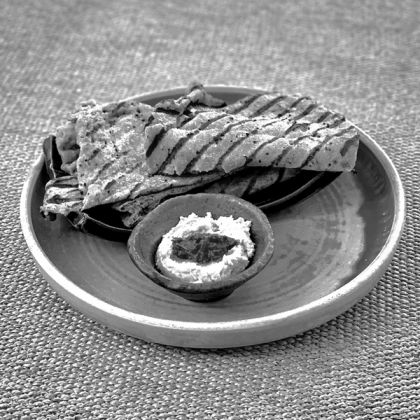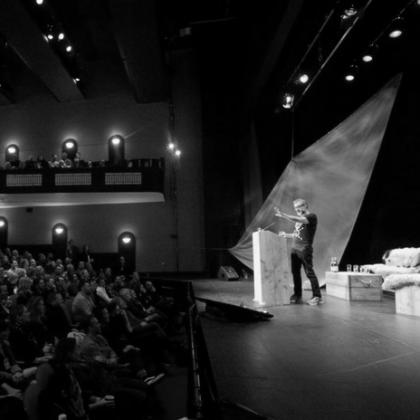A mail from my mate, the photographer Mike O'Toole, unearths an interesting piece on the Guide Michelin's new Tokyo edition:
http://www.nytimes.com/2008/02/24/business/worldbusiness/24guide.htmlex=1361595600&en=4de91ac290872690&ei=5088&partner=rssnyt&emc=rss
The article is perhaps most revealing about the Japanese concept of “exceptionalism” – essentially not only can no one understand us but ourselves, but no one even has a right to discuss our culture other than ourselves.
For me, however, the element of the article that most shows an exceptional way of thinking is the revelation that some Tokyo dining houses simply declined to be included because they object to the concept of hierarchy – that there is someone with three stars, five stars, six stars who is at the top of the tree – and who declined inclusion for this reason. We gave up on the hierarchy idea long ago in Bridgestone, much preferring what Manuel de Landa, in his amazing book “A Thousand Years of Non-Linear History”, calls a “meshwork”.
Some people, of course, still haven't cottoned on to this central focus of the Bridgestone Guides, and are still waiting for us to place them at the top of the tree.
They will have to wait.
http://www.nytimes.com/2008/02/24/business/worldbusiness/24guide.htmlex=1361595600&en=4de91ac290872690&ei=5088&partner=rssnyt&emc=rss
The article is perhaps most revealing about the Japanese concept of “exceptionalism” – essentially not only can no one understand us but ourselves, but no one even has a right to discuss our culture other than ourselves.
For me, however, the element of the article that most shows an exceptional way of thinking is the revelation that some Tokyo dining houses simply declined to be included because they object to the concept of hierarchy – that there is someone with three stars, five stars, six stars who is at the top of the tree – and who declined inclusion for this reason. We gave up on the hierarchy idea long ago in Bridgestone, much preferring what Manuel de Landa, in his amazing book “A Thousand Years of Non-Linear History”, calls a “meshwork”.
Some people, of course, still haven't cottoned on to this central focus of the Bridgestone Guides, and are still waiting for us to place them at the top of the tree.
They will have to wait.






